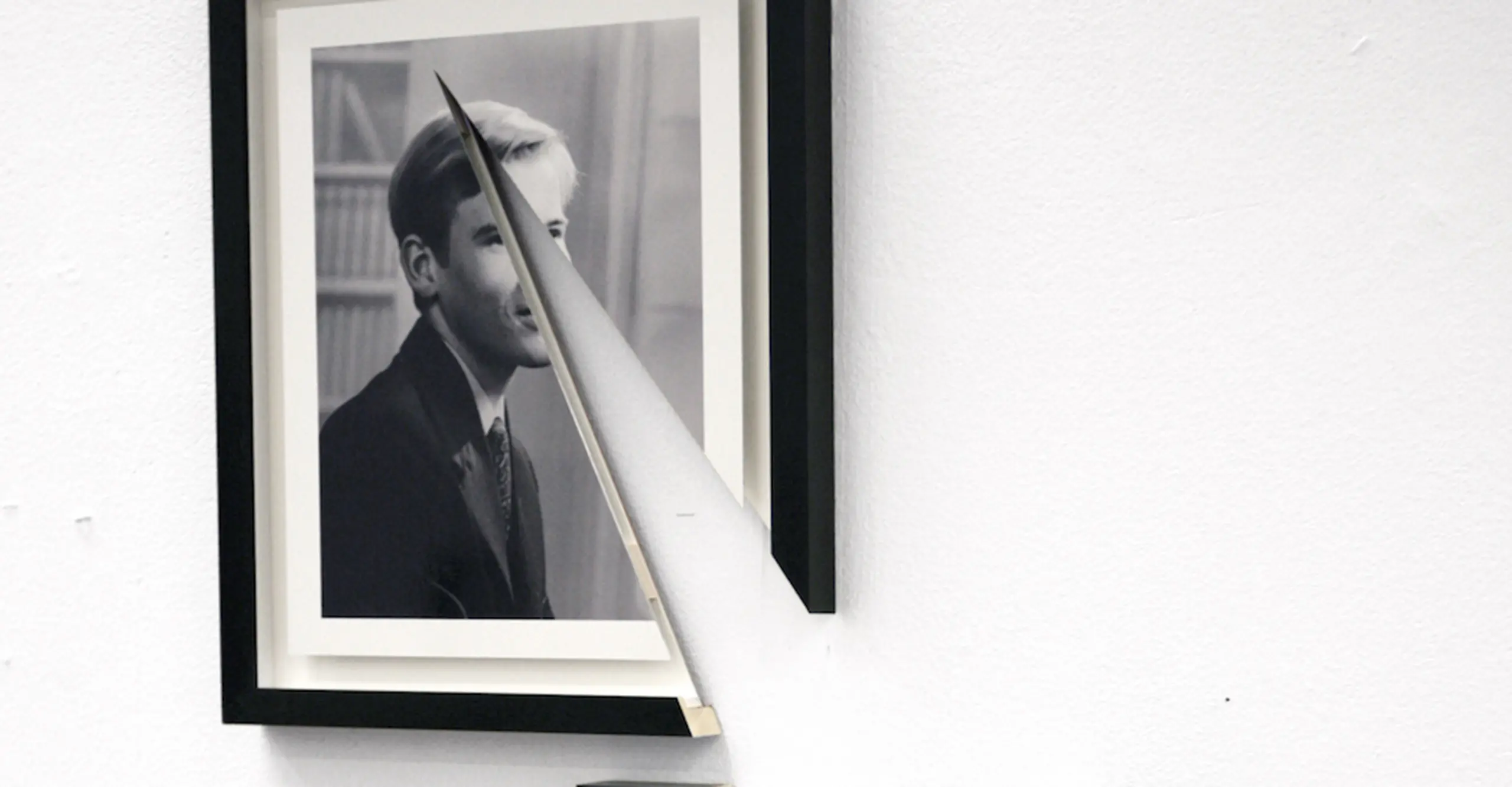Framing, particularly in relation to one's own practice, can be an expensive affair, fraught with decision making. Here's some tips...
Framing can be a useful, creative process that extends or supports an art work’s meaning.
Photographer Jonny Briggs and artist, writer and frame maker, Ollie Gapper were invited to talk about their work and offer tips on the theme of ‘framing your work’. This event forms part of our regular networking event series for photographers called The Social.
Advice from Ollie Gapper:
Set an appropriate budget: Take time to identify the needs of your work and the best framing solution, if the work needs it. Sometimes an Ikea frame, for your budget and the scale of your work, can work as well as a more expensive bespoke frame of the same size and material. Sometimes funds are better invested in other aspects of an installation / exhibition. And always get quotes.
Consider the final object from the outset: Think about size, proportions, colour, material, hanging, curation, edit, etc.. Keeping these things in mind throughout the production process will help you make more informed and useful decisions that can save a lot of time and facilitate the most ambitious ideas.
Treat the frame as another element of / for communication: Often the frame is treated as a means of finishing a work, or even as a formality. Work with the person making your frames to understand the communicative possibilities of the frame’s physical form.
Think about the entire installation of your work: Think about individual works and how they will relate - colour, size, themes and tones. What could be done with the space to enhance the experience of the work?
Consider the environment: Pick up some moving blankets to wrap and protect your work during storage or transport. It's reusable and better than single use, plastic bubblewrap.
Advice from Jonny Briggs:
Think about it: Many people don’t, and it can undermine the work. Know what you want, in the finest of detail. Why are you framing the work? Does it even need to be framed? Can the frame be part of the work?
Meet and speak with different framers: Framers often have examples of their work, stains and mount boards to choose from, which can look different in person to online – especially against your work. Here you can explore different fixing options too.
Check your prints before they are framed: In the past I’ve noticed a blemish and had to get the work re-framed – try not to make the mistake that I did.
Mind the crack: Make sure the corners of the frames are joined tightly – protect the corners! They are vulnerable. On the theme of protection, only use fibreless cloths to clean Perspex, which easily scratches. (Green bubblewrap is also a great alternative to single-use bubblewrap.)
Don’t Rush: Things go wrong – each framer varies, though I usually allow a month.
----
Jonny Briggs studied at Chelsea College of Art (BA, 2008), and Royal College of Art (MA 2011) in London. Exhibitions include Photoforum Pasquart Photography Museum in Switzerland, N Contemporary, hosted at MC2 Gallery in Milan, Marie-Laure Fleisch in Rome, Julie Meneret in New York City, The Benaki Museum in Greece, Saatchi Gallery, Shanghai Ziang Cheng Centre of Photography in China, 176 Zabludowicz Collection, Jerwood Space and Photographers' Gallery in London, L'Atelier Néerlandais in Paris, Centre Photographique in Normandy, The Marta Herford Museum in Germany, Fondazione Fotografia Modena, Hauser & Wirth Somerset, Stilll Gallery and Galerie d'YS in Belgium and East Wing Gallery in Dubai.
Ollie Gapper is a photographic artist and Ph.D. researcher with an established practice as a bespoke frame maker. His approach foregrounds the creative intention of his clients, bringing the sensibilities of cabinet making and furniture design to the design and construction of his frames and installation pieces.
